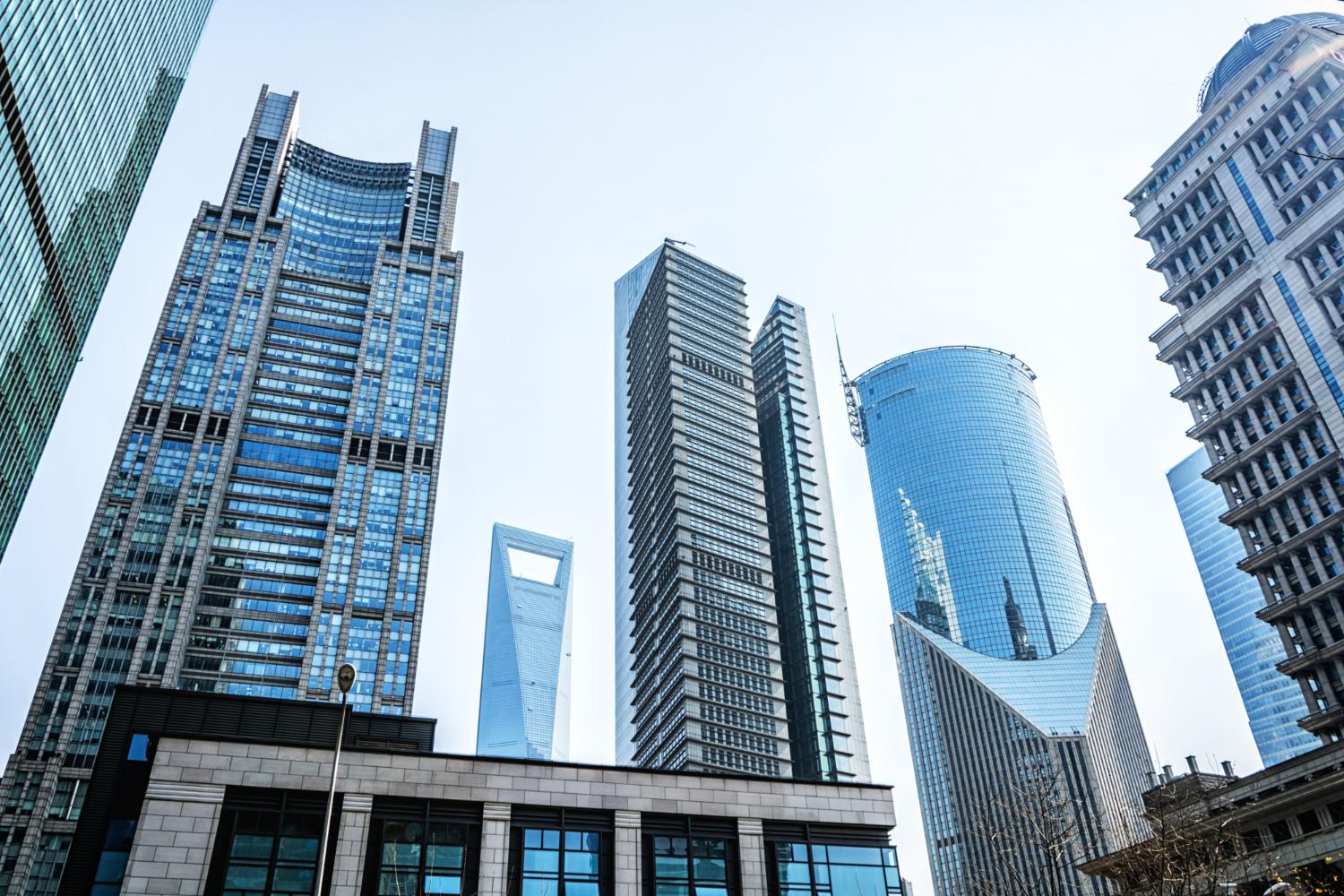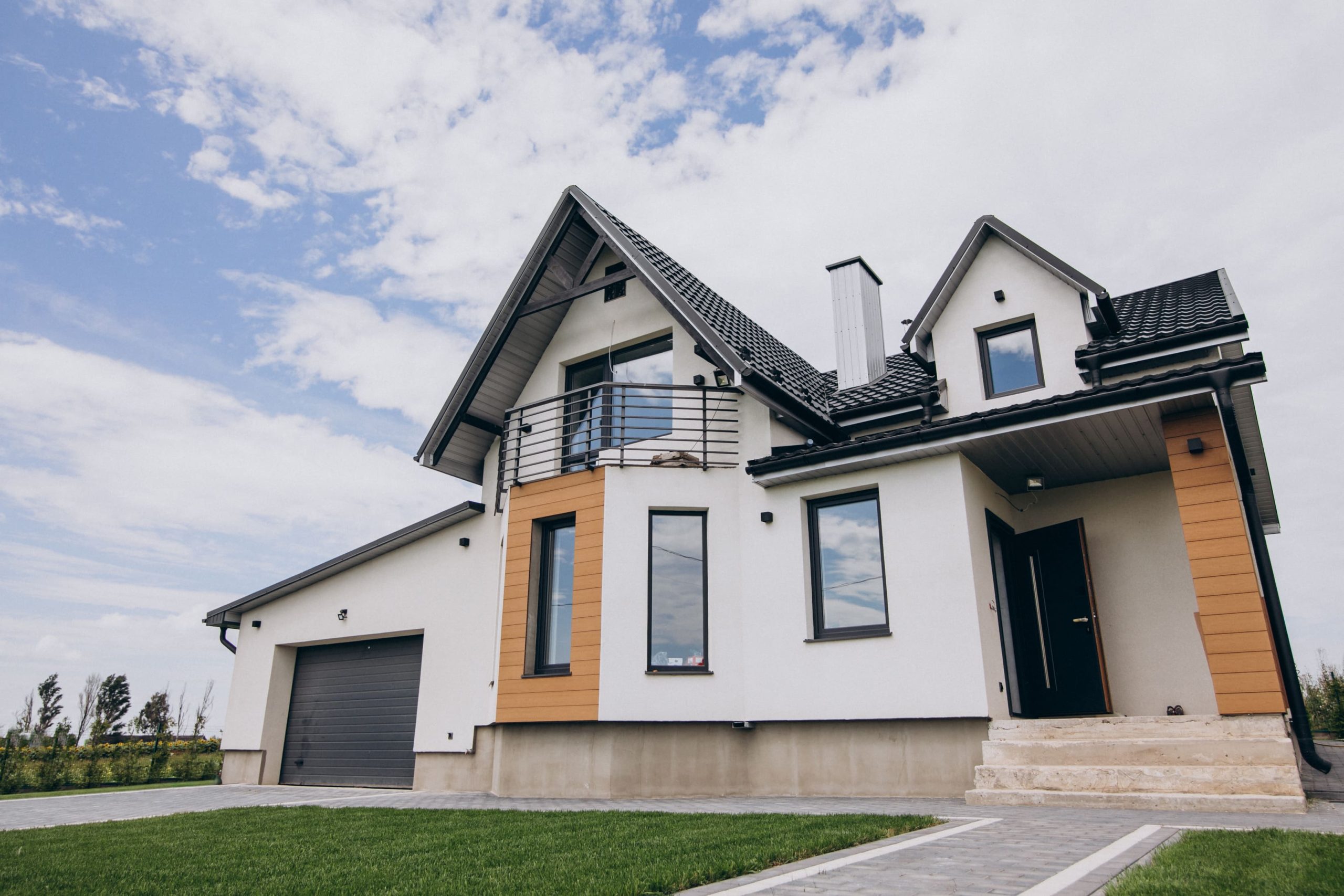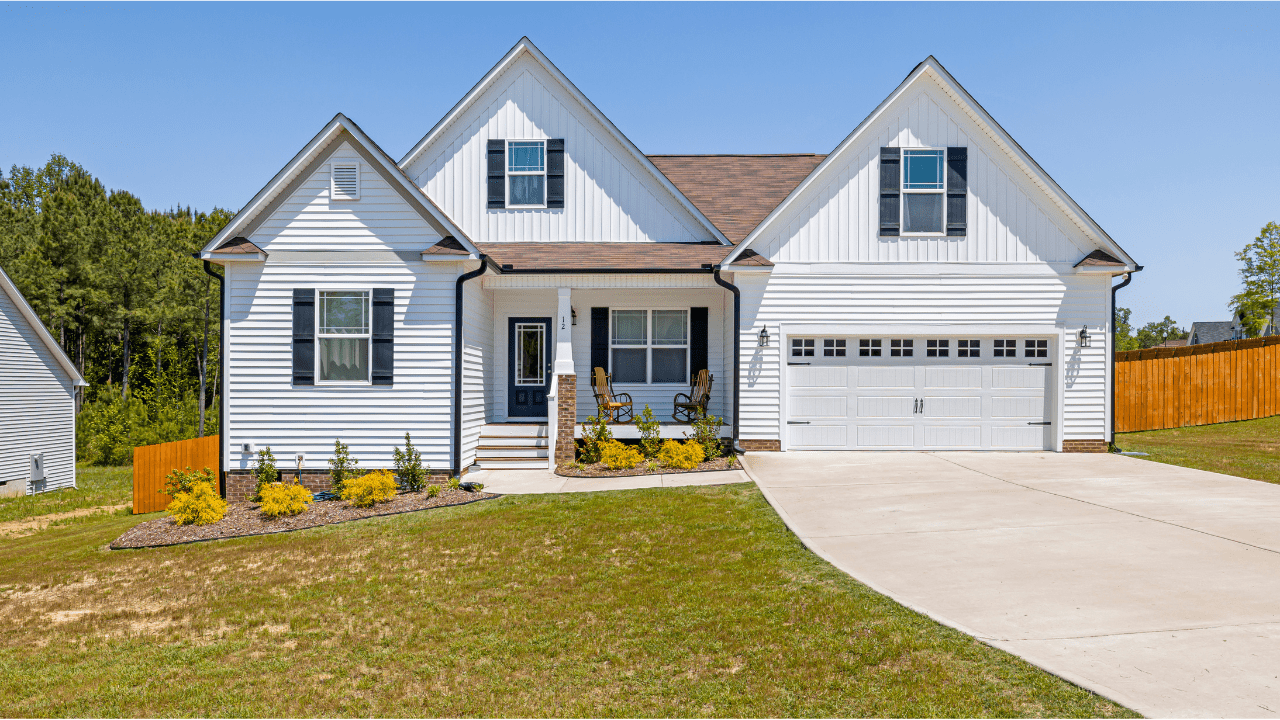Towering representations of urban growth, high-rise buildings are marvels of contemporary engineering. But because of their height and exposure to many climatic conditions, maintaining their stability presents a lot of issues. This paper explores the best practices for guaranteeing the stability of construction projects involving tall buildings.
Using Cutting Edge Structural Design
The underlying model of a tall structure is the foundation of its stability. Engineers need to know how the structure will endure normal tensions, hence they should use progressed plan procedures like seismic examination and air stream testing. This entails selecting building materials and structural frameworks that permit flexibility in the event of earthquakes or wind sway in addition to supporting the weight of the building.
Creative architectural plans also improve the structure’s aerodynamics by lowering wind pressure and guaranteeing stability. Before construction starts, engineers may simulate and evaluate the building’s performance under different conditions thanks to the integration of digital modeling tools into the design phase.
Making Use of Superior Building Materials
The stability of high-rise buildings is greatly influenced by the selection of building materials. The materials must be robust enough to sustain the weight of the structure and endure outside forces like seismic activity and wind. Building safe and long-lasting high-rise structures requires the use of innovative building materials, such as steel and concrete with increased strength.
More lightweight, more durable building materials have also been developed as a result of the usage of composite materials and metallurgical advances. These materials prolong the life of the construction by improving stability and providing superior resistance against environmental deterioration.
Putting Into Practice Efficient Load Distribution
Maintaining high-rise structures’ structural integrity requires effective load distribution. To equally distribute the building’s weight, this entails putting columns, beams, and other load-bearing components in strategic locations. An unstable construction could result from any one component bearing too much stress, which is prevented by appropriate load distribution.
These load distributions are frequently modeled and analyzed using sophisticated software, guaranteeing that the structural design can support both static and dynamic loads. Additionally, in order to keep the building from tilting or swaying, engineers must take into account the effects of both vertical and lateral forces.
Thorough and Frequent Safety Inspections
For high-rise buildings to remain stable over the long term, ongoing safety protocols are necessary. The foundational integrity, building facade, and structural components should all be evaluated during these inspections. To determine any issues that can endanger the strength of the structure, normal upkeep and checking are required.
These examinations cover wellbeing frameworks including sprinklers, crisis exits, and alarms notwithstanding the structure’s outside. Present day sensors and checking frameworks can give constant data about the condition of the construction, taking into account brief support and fixes.
Selecting the Top Experts in Stability Analysis
It’s important to use the correct expertise when evaluating and guaranteeing the stability of high-rise structures. Vibration consultants are key experts in this field. They assess how the structure reacts to different forces and offer suggestions for reducing possible problems. Their knowledge is crucial to ensuring that the building’s structure and design adhere to the strictest stability requirements.
These consultants are essential at the design stage as well, offering guidance on material selections and structural designs that reduce vibration hazards. Their observations are especially important in regions that frequently experience strong winds or earthquakes.
Cutting Edge Technologies in the Construction Industry
Using cutting-edge technologies during construction can greatly improve high-rise building stability. This covers the application of building information modeling (BIM) and structural analysis software. These technologies enable more precise and effective construction methods as well as more accurate predictions of the behavior of structures under different conditions.
Drones and robotics are also becoming more and more common in the construction industry, enabling safer and more precise inspections of difficult-to-reach places. Even more stability and security can be found in buildings that use smart technologies, such as automated dampers and stabilizers.
Taking Climate and Environment Into Account
When considering how to build skyscrapers, careful consideration of environmental and climatic aspects during the design and construction phase is essential. This entails being aware of the wind patterns, earthquake activity, and weather trends in the area. Structures need to be engineered to endure these circumstances, taking into account elements like insulation, resistance to moisture, and thermal expansion and contraction.
Structures should be worked to be vigorous and adaptable to moving weather conditions because of the impacts of environmental change. Rising ocean levels and more regular tempest floods are factors that building originators are beginning to consider an ever increasing number of in beach front locales.
High-rise building projects need to guarantee their dependability through a complex methodology that incorporates creative plan, top notch materials, proficient burden circulation, and the information on proficient specialists. Only in this way can high-rise structures stand tall and safely all over the world.
About the Author: Stella Van Lane is a passionate and devoted expert in the fields of home improvement and real estate. She is a fervent believer in transforming houses into welcoming, functional homes, and she deeply understands the significant opportunities and value present in the real estate industry.




